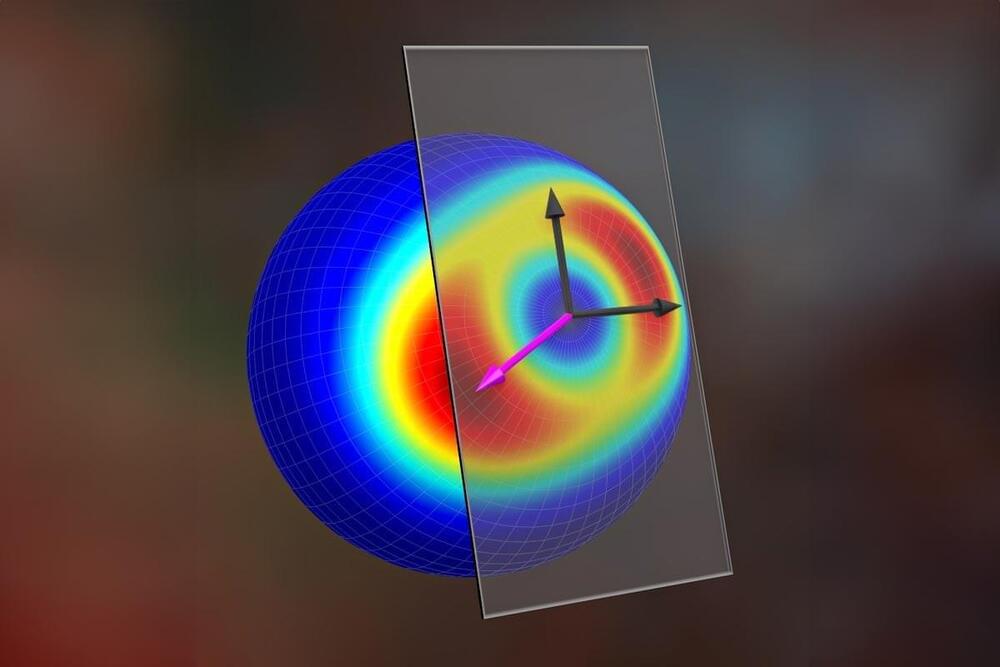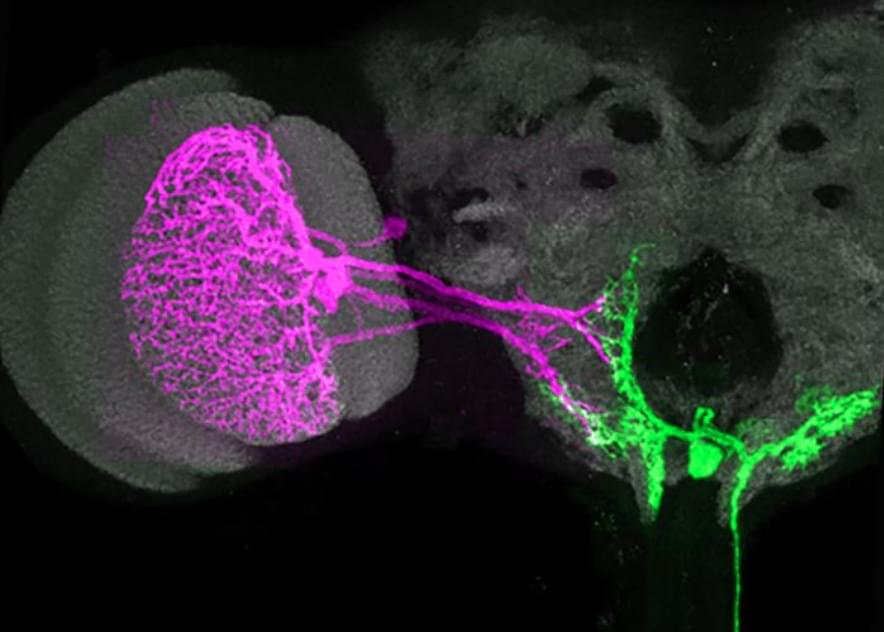Mar 22, 2024
Unlocking the Mystery of Cognitive Decline Before Dementia
Posted by Saúl Morales Rodriguéz in categories: biotech/medical, neuroscience
Study finds language-processing difficulties are an indicator — more so than memory loss — of amnestic mild cognitive impairment.
Individuals with mild cognitive impairment, especially of the “amnestic subtype” (aMCI), are at increased risk for dementia due to Alzheimer’s disease relative to cognitively healthy older adults. Now, a study co-authored by researchers from MIT, Cornell University, and Massachusetts General Hospital has identified a key deficit in people with aMCI, which relates to producing complex language.
This deficit is independent of the memory deficit that characterizes this group and may provide an additional “cognitive biomarker” to aid in early detection — the time when treatments, as they continue to be developed, are likely to be most effective.


















